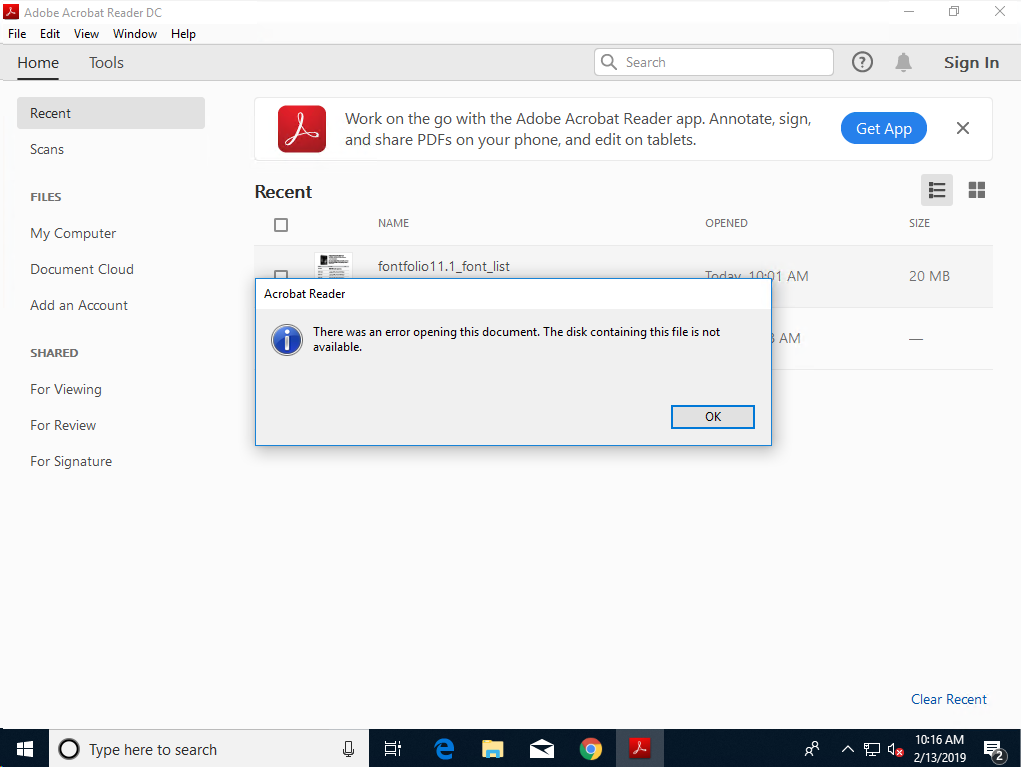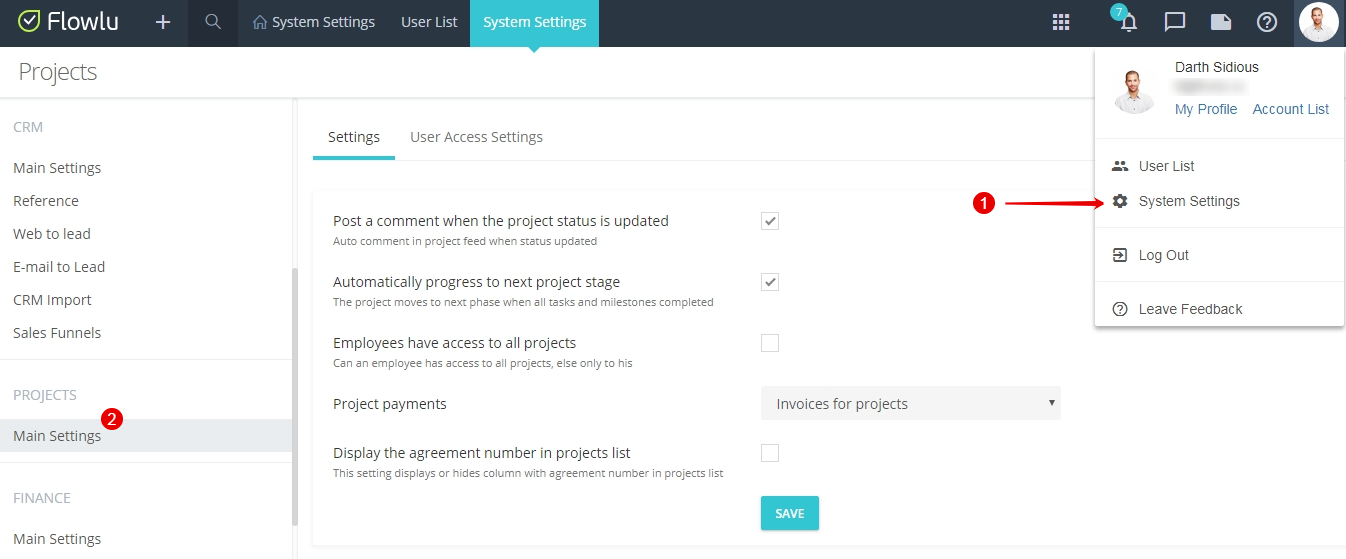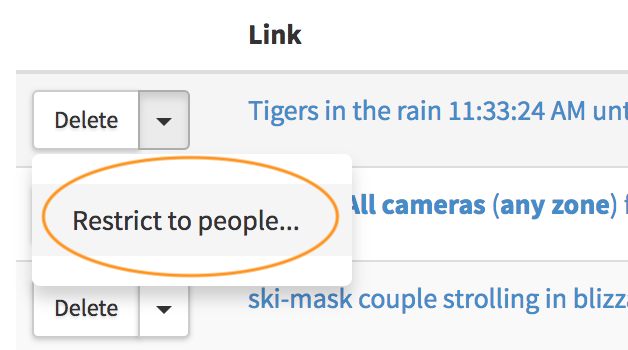

This is easier way to restrict access to the website for the unwanted visitors. * - Restrict access to your site using cPanel IP BlockerĪnother way to prevent access to your website is using cPanel IP Blocker. For a more subtle approach, you can use this rule to block the domain with displaying 500 Internal Server Error notification. Replace the domain name in the first line of directive with your target domain (that you want to block). A visitor who comes to your site from the URL hosted on the blocked domain will get 403 Forbidden error message. If you wish to deny access to your website via links from specific domains i.e, this can be done with.
#DENY ACCESS FOR DIRECT URL FULL#
That means the full block of IP is restricted for access. To deny access to your site from a block of IP addresses, simply omit the last octet from the IP address: deny from 976.271.238. htaccess file to prevent access to your website from specific IP address. Prevent access from specific IP addresses via. To change the file, just replace the file name (configuration.php) in the first line of the rule.

htaccess file to prevent access to a specific file such as configuration.php file order allow,deny Order allow,denyĭeny from all Deny access to a specific file via. js, just replace the extension in the first line of the above code. To prevent access to any other file type such as. In case you want to restrict access to a specific file types in your website, add this rule in the. To deny direct access to all files and folders on your web server, use the following directive: deny from all Deny access to a certain type of files via. And also you can prevent access to a certain types of files or a single file (i.e configuration file). You can prevent access for a single user or a range of users and even all users (based on IP address) with. Step 3: You can now create necessary directives to restrict access to your website. Step 2: Go to the File Manager and edit your. htaccess so that all functions can run smoothly. There are many scripts and content management systems such as WordPress, Joomla and Magento that add directives to the. There are some common directives like redirects and rewriting URLs that can be found in.
#DENY ACCESS FOR DIRECT URL HOW TO#
htaccess file contains several directives (instructions) that guide the server how to behave in certain scenarios and directly control your your website functions. You can restrict access to your website using. htaccess file and write this directive deny from all.Sometimes you may have unwanted visitors in your website and you may want to prevent access for these types of users. Create a .htaccess file in the root of your project directory structure. Then open the. To prevent direct access of all the files and folders of your project. How to Deny Access to Files, Folders through htaccess URL Rewriting – Create Seo-Friendly through. Here’s the list of some useful things you can easily do by using the .htaccess file.

There are a lot of things you can do through by using the. In that case, the .htaccess file is an ideal way to specify changes. In that case, you won’t change global configuration (nf file) as it applies to both the websites. Imagine you have more than one website running on the same server and you want to configure different rules for each website. Ii) You want to enforce some directory level configuration. I) You don’t have an access to nf file (Apache main configuration file). htaccess file contain directives, which is read by webserver (Apache) and apply them to the directory level where this htaccess file is placed.

Htaccess files are used to override server global configuration for the directory level in which you place this file. The full form of htaccess is Hypertext Access. htaccess is a configuration file used by a web server ( Apache). How to Deny Access to Files, Folders through htaccess What is.


 0 kommentar(er)
0 kommentar(er)
